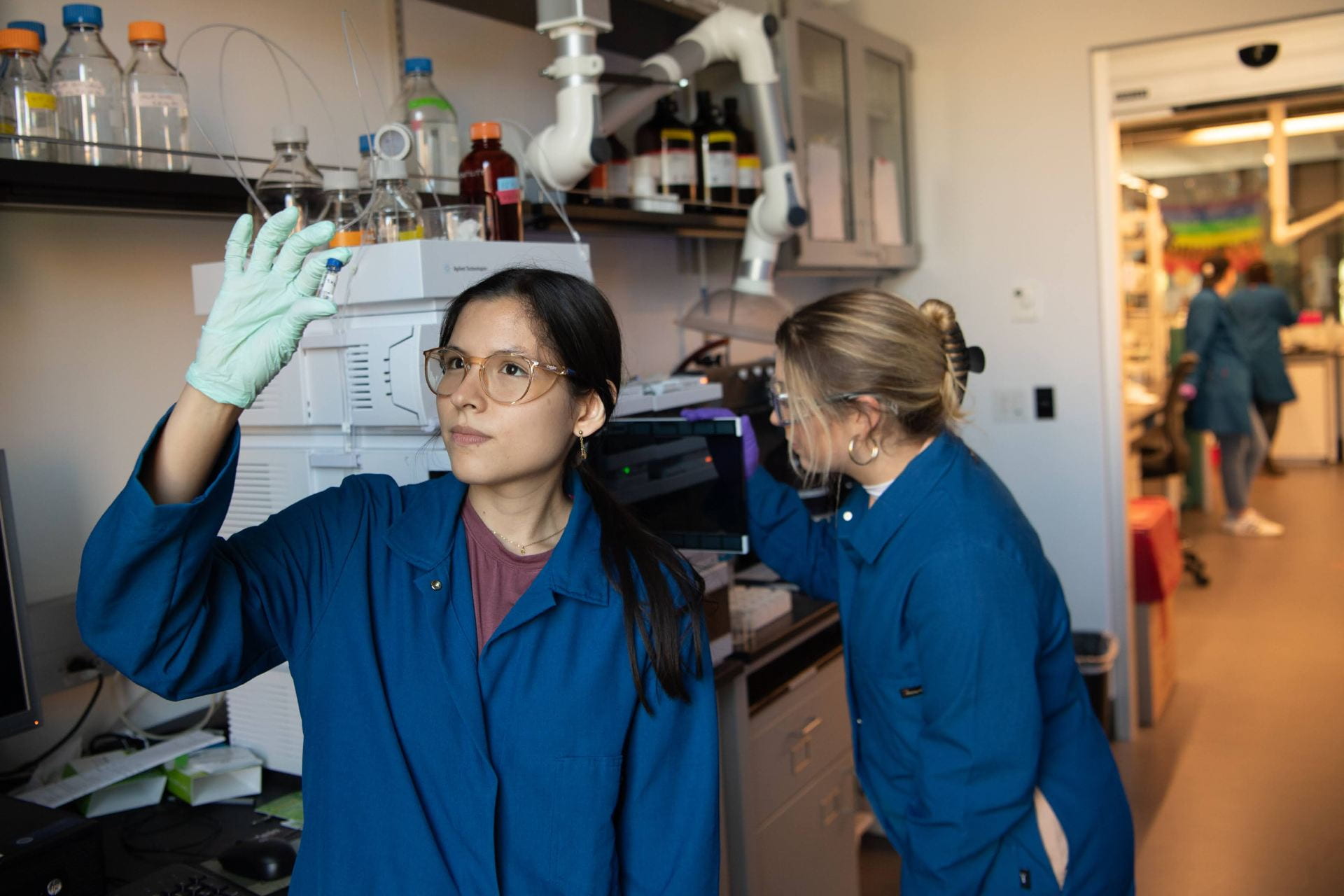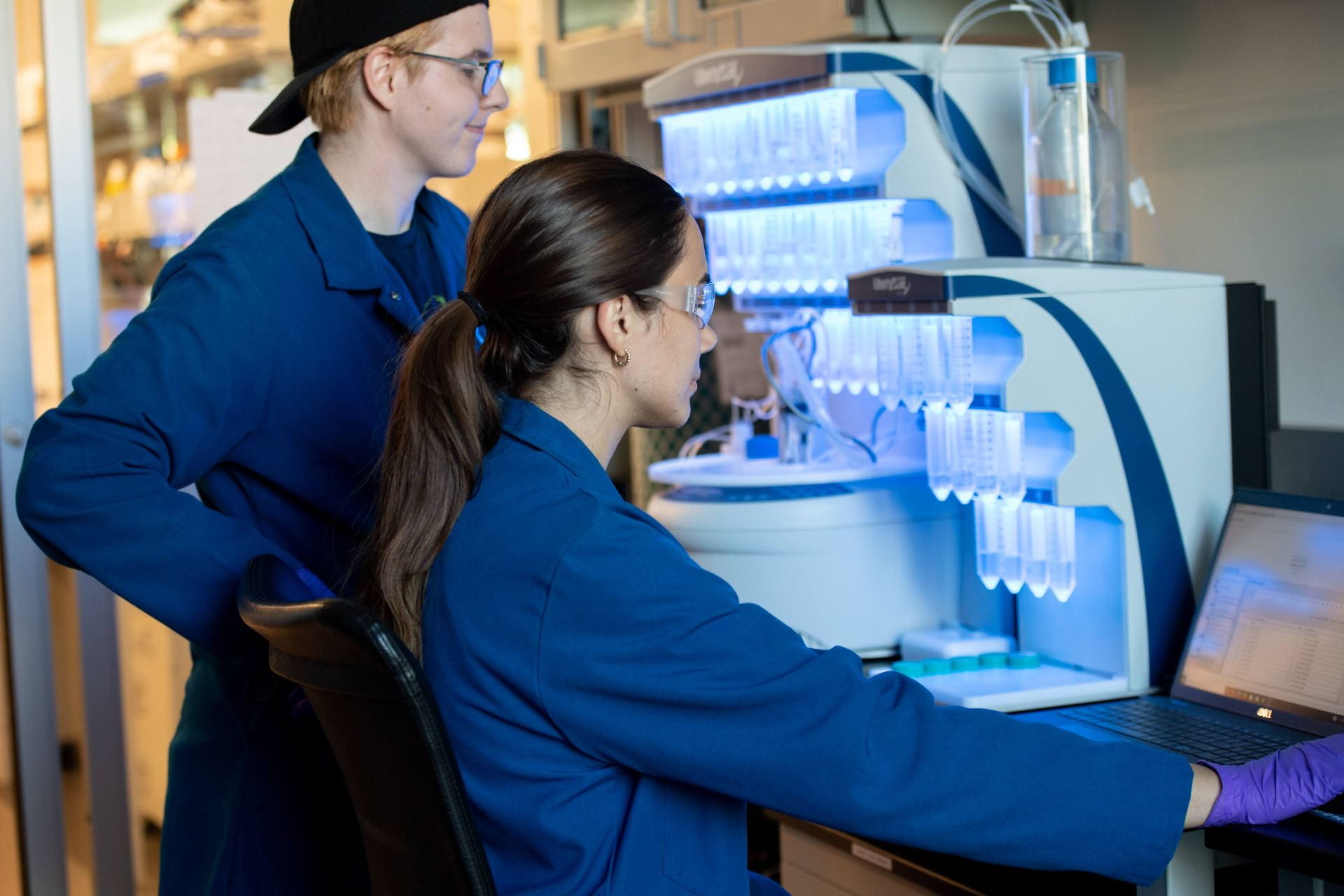
Therapeutic Delivery Systems:
We develop controlled and localized drug delivery systems using hydrogels, thin films, and nano- and micro-particles (e.g., self-assembled and polymeric) for a range of clinical applications. We are specifically interested in developing targeted microbe-responsive materials to combat drug resistant bacteria and fungi. Additionally, we develop therapeutic delivery systems and materials that promote specific stem cell behaviors for applications in regenerative medicine and infection treatment. Through this work, we study how the physicochemical properties of the materials we develop influence their functional behavior (e.g., degradation, drug release, targeting).
Graduate Students & Postdocs: Akram Abbasi, Camila Carvalho,Carolina Gomez Casas, Zhaowei Jiang, Alec McCall

Biofunctional Interfaces:
We are studying a range of biomedical problems using biofunctional interfaces including lipid bilayers, self-assembled monolayers, and functionalized hydrogel surfaces. A specific area of interest is improving maternal-fetal health by studying the interaction of toxins and pharmaceuticals with lipid membranes that mimic the placenta. Another area of interest is the modification of stem cell-surface interactions to influence differentiation and the cell secretome for potential therapeutic applications.
Graduate Students & Postdocs: Akram Abbasi, Alec McCall

Microbial Biosensors:
Timely detection and monitoring of microbes is key to the effective treatment of infection, allowing for appropriate initiation of treatment and accurate dosing. Together, smart and localized antimicrobial delivery systems coupled with real-time, sensitive microbial detection allows for superior treatment of infections. In addition to our work on antimicrobial drug delivery, we are developing new sensing techniques to detect bacteria and fungi in a variety of physiological environments, including wounds. We are interested in both quantitative detection of microbes using electrochemical sensors as well as colorimetric indicators of infection that can be used for rapid diagnosis without the need for external equipment.
